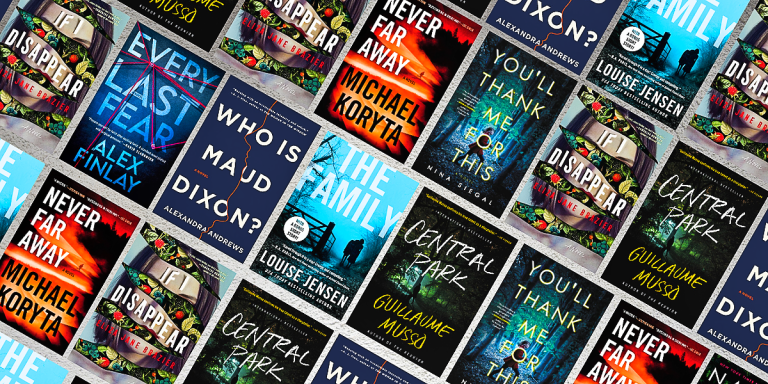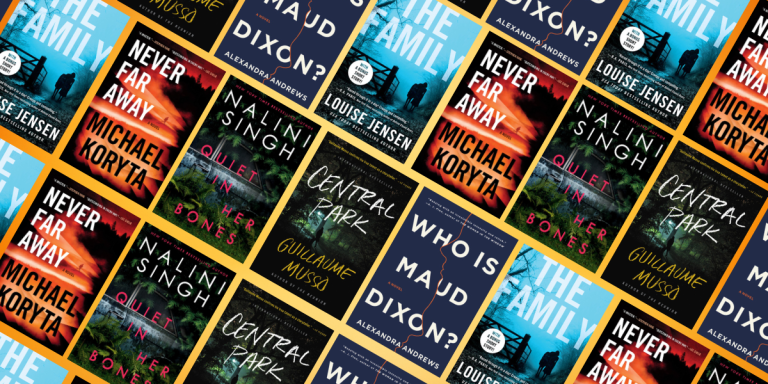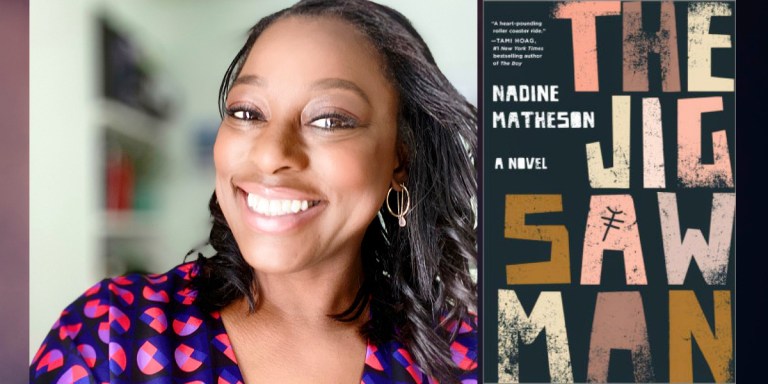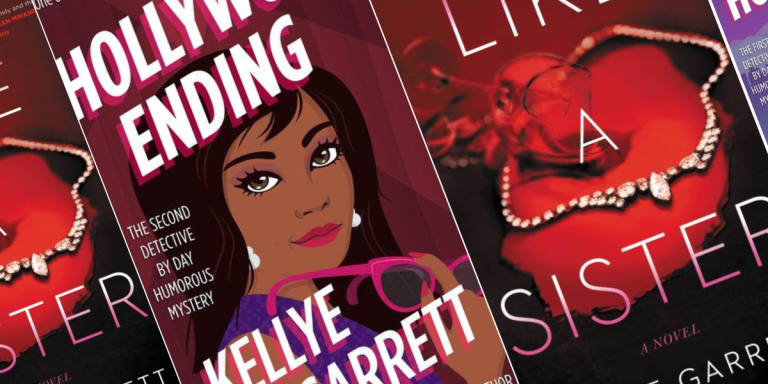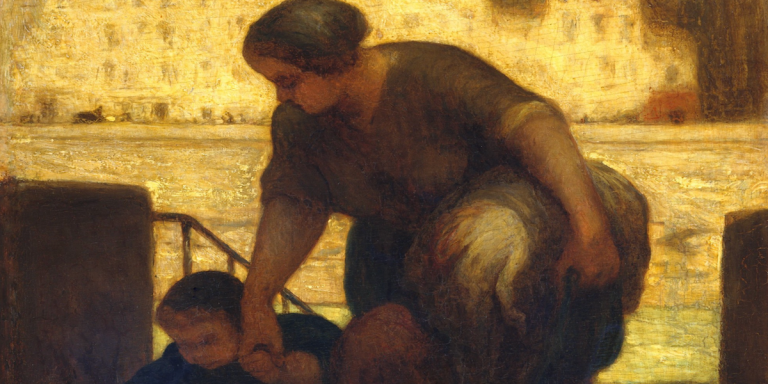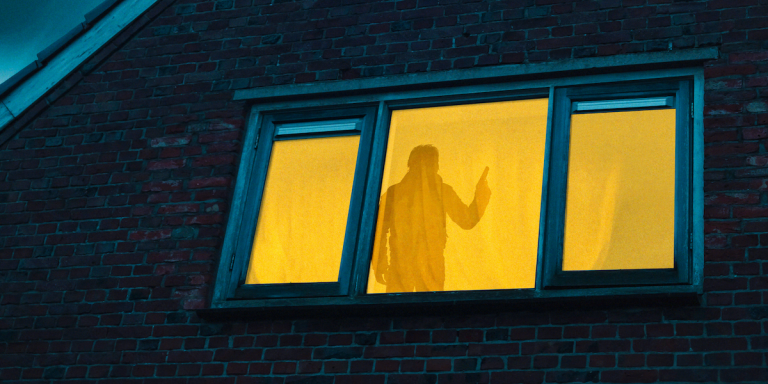Locked-Room Mysteries, Red Herrings, and Recipes With Kate White
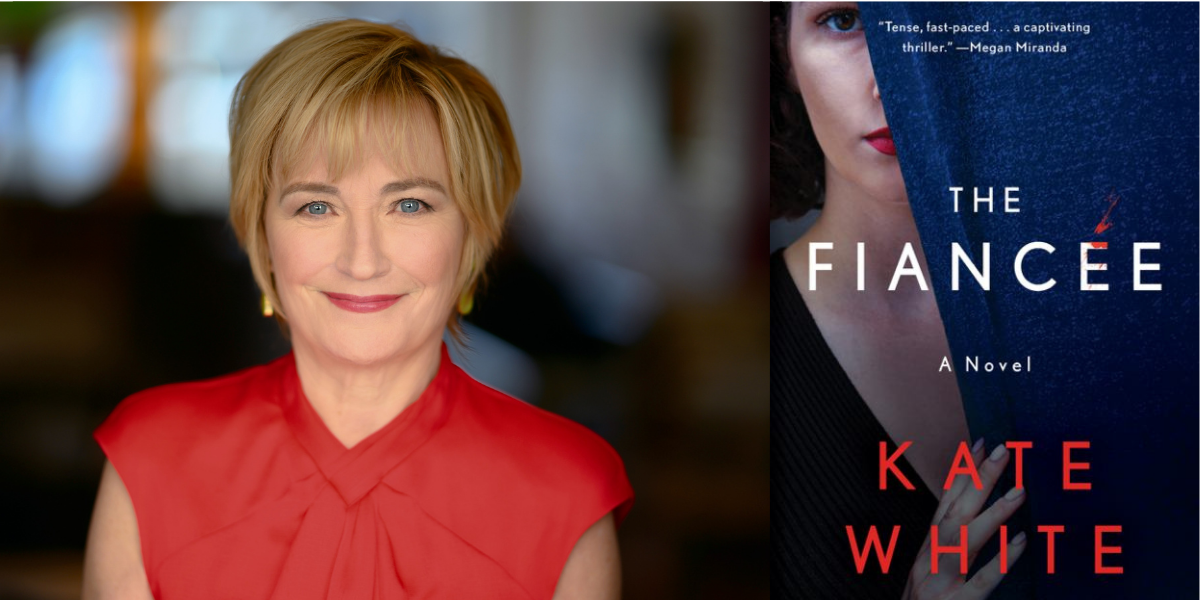 NS: All your books, including the latest one, THE FIANCÉE, are steeped in intrigue, mystery, and suspense. What’s the secret to writing good suspense?
NS: All your books, including the latest one, THE FIANCÉE, are steeped in intrigue, mystery, and suspense. What’s the secret to writing good suspense?
KW: Over time I’ve learned that it can really help if I channel a terrifying experience I had in the past, tapping into the fear I felt then—on both a physical and emotional level—and then do my best to translate it onto the page. One time I often come back to is the early evening my twelve-year-old son was lost during a snowstorm in the woods that abut our weekend home in Pennsylvania. Man, just thinking about that again, and remembering my husband and me and a group of friends desperately stumbling through those woods with flashlights makes my heart race. And yet revisiting moments like that seems to enable me to write scarier scenes.
I also try to make sure that no scene in a book exists simply to move the characters along or take care of their caffeine needs. Each scene has to help raise the stakes in some way—perhaps through a shocking revelation, or setback, or a devastating incident.
Oh, and I always appreciate it when readers say I write chapter endings that force them to turn the page. I kind of learned how to do that from reading Nancy Drew books. Each chapter seems to end with Nancy in a tight squeeze or making some shocking discovery.
NS: You’re the author of 15 successful mystery & thriller novels, what have you learned as a writer from that very first novel until now?
KW: I think over time I’ve gotten better at misdirection, leading the reader astray, or what you might also describe as employing ”red herrings.” (Dear reader, please forgive me, but I know you like to be misled at times as long as I also offer legitimate clues in the book as well.)
I actually learned a lot about using misdirection by reading books on magic. With misdirection the magician forces audience members to look in the wrong place, so they think the trick is being done there and then when it’s actually been done at another moment, via a slight of hand. That’s similar to the slight of hand stuff I try to do in my books. For instance, I’ll have the protagonist walk into a room as someone’s quickly ending a phone call, and though you might assume there’s something suspicious about the fast hang-up, the caller, in this case, is simply in a rush.
NS: THE FIANCÉE is considered a locked-room mystery. For those who may not know what a “locked-room mystery” is, can you give us a short overview?
KW: It’s a mystery in which all the action takes place in one setting, and so when a brutal murder takes place, you can be pretty darn sure that the killer is someone right there on the property with you, perhaps even sitting at the same table and sharing a glass of rosé with you. Kind of terrifying, right?
In a classic locked-room mystery, like Agatha Christie’s delicious And Then There Were None, the characters might have no way to escape the harrowing setting (there’s a blizzard, for instance, or they’re all on an island without any boats in sight), but in current books in this genre, they might not be quite so stranded. The twist in THE FIANCÉE is that only the protagonist, Summer, suspects that the first victim’s death is due to foul play, and since she can’t convince the others, they don’t know how dangerous their “locked room” setting really is.
NS: We know you love to share recipes with your followers. What’s one recipe that will get readers in the perfect mood to crack open THE FIANCÉE?
KW: Yes, I like to share recipes because I love food so much, and I also often mention food in my novels. When THE FIANCÉE opens, a well-to-do family has gathered for a summer vacation on their estate in Bucks County, Pennsylvania and their first meal includes a pasta dish based on a recipe from The Silver Palate Cookbook, one of my favorite cookbooks. Basically, all you do is marinate cubes of really good tomatoes in olive oil for a couple of hours, along with chunks of Brie (the rind removed), several cloves of minced garlic, strips of fresh basil, salt, and pepper. When enough time has passed, you mix in your cooked pasta and add some parmesan cheese. Heaven on earth.
This dish would be fun to serve before you crack open the book, and make sure you have some crusty bread to go with it.
NS: It’s been a pretty tough year and a half for everyone due to the pandemic. What are you currently reading and/or watching to pass the time?
KW: I’ve read a ton of mysteries during the past year, and especially enjoyed The Girl from Widow Hills by Megan Miranda, Eight Perfect Murders by Peter Swanson, Confessions on the 7:45 by Lisa Unger, The Silent Wife by Karin Slaughter, and Snow by John Banville (also loved his literary novel, The Sea), among others. I’ve read a lot of non-fiction during COVID, too, some of which helped me as a fiction author, like Malcom Gladwell’s Talking to Strangers (some fascinating stuff in there about Amanda Knox and why she was misjudged.)
As for viewing, I devoured almost every single thing with the word crime in the description on Netflix, Amazon, Hulu, Apple, and Britbox. In fact, I’ve watched so many subtitled Nordic noir thrillers that Finnish is practically a second language for me now. Though not all of what I saw was good, I loved Lupin (brilliant), Wisting, Criminal (the UK, German, Spanish and French versions), Line of Duty, Defending Jacob, and Shetland. Also, re-watched Wallander, The Night Manager, and the first three Bourne films (for about the 50th time each). They never get old for me.
NS: Are there any new projects you’re working on that you can share with us?
KW: I am just about to hand in a domestic suspense novel (for 2022) about a young widow who marries (hmm, perhaps too quickly) after her first husband’s murder. I felt really jittery when I was writing it, which I hope is a good sign.
Order Now
Summer’s looking forward to a break from hustling for acting work in Manhattan when she, her husband Gabe, and Gabe’s nine-year-old son arrive at the annual family get-together at her in-laws’ sprawling estate. On the agenda are leisurely gourmet meals, tennis matches, and plenty of relaxation by the pool.
But this year, Gabe’s brother Nick has invited his new flame Hannah, whom Summer immediately recognizes from a few years before. Oddly, her brother-in-law’s girlfriend claims not to know her. Yet she charms the other family members, and after Nick announces that he’s proposed to Hannah, Summer doesn’t have much choice but to grin and bear it.
Then the reunion is rocked by tragedy when a family member is found dead. Though the doctors attribute the loss to natural causes, a grieving Summer fears that the too-good-to-be-true Hannah is involved, even as Gabe dismisses her suspicions.
How far will Summer go to expose the truth? As she investigates just what Nick’s fiancée might have done to keep her perfect image intact, she begins to fear that the first death might only be the beginning . . .
By clicking 'Sign Up,' I acknowledge that I have read and agree to Hachette Book Group’s Privacy Policy and Terms of Use
What to Read Next
